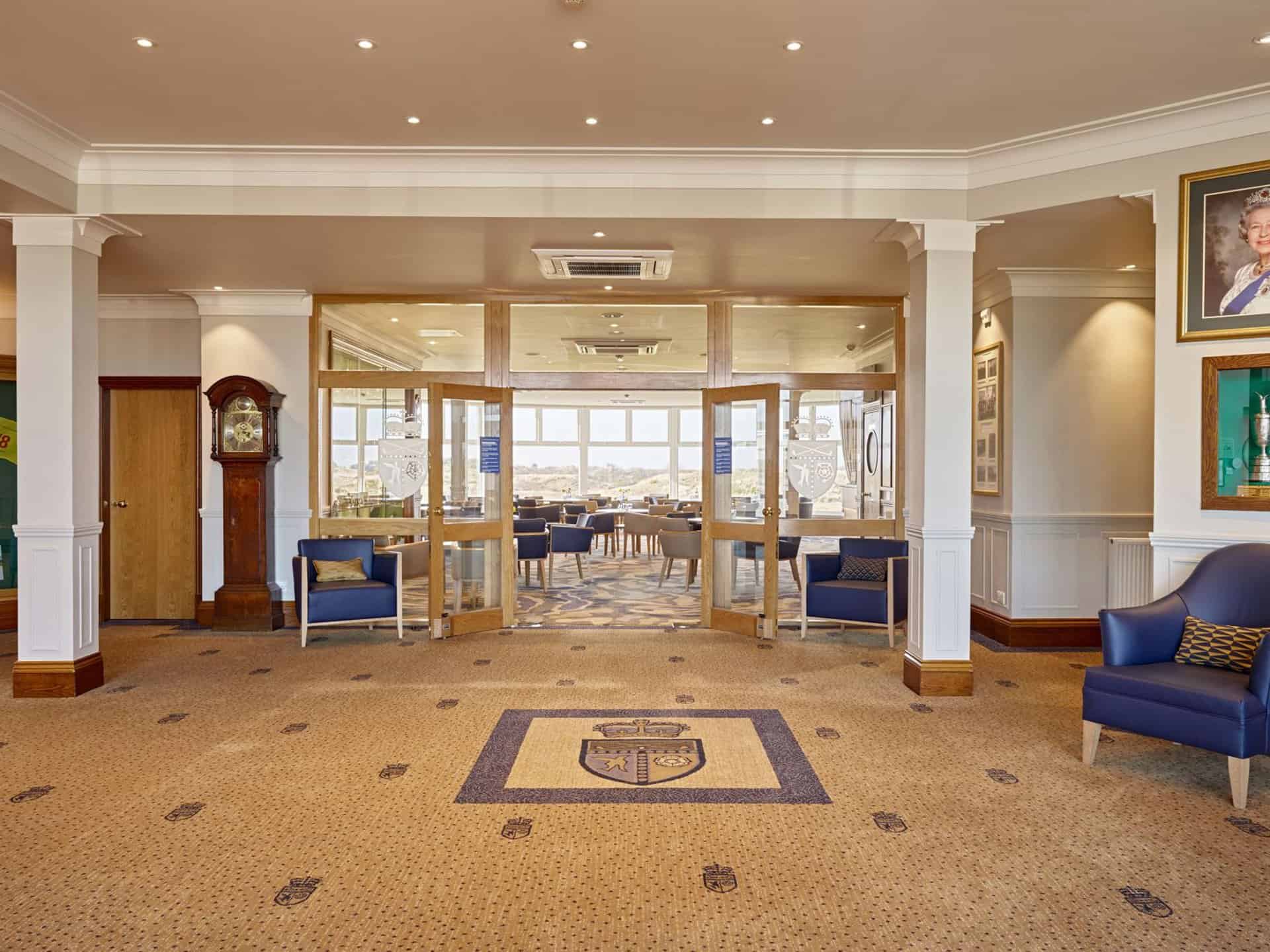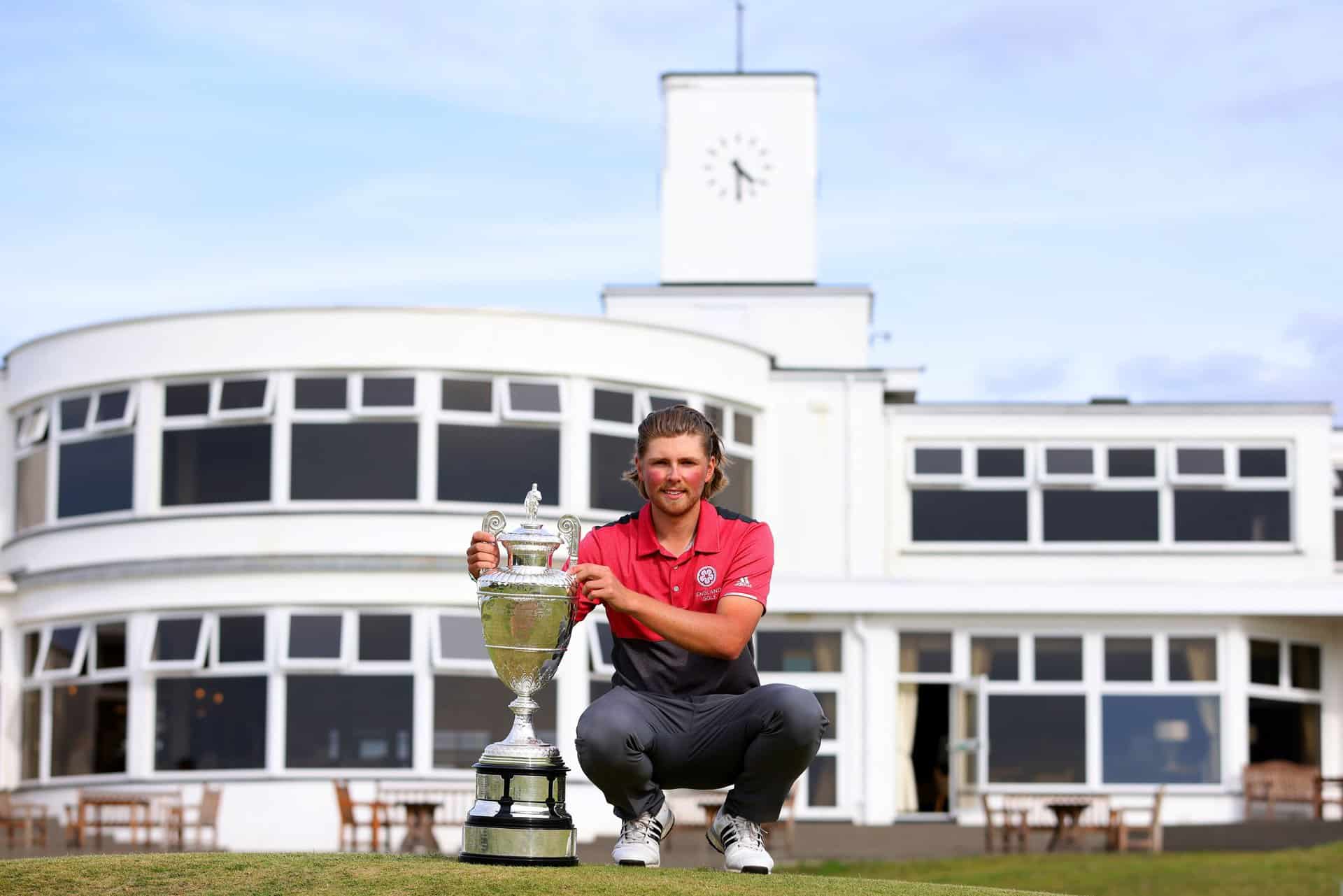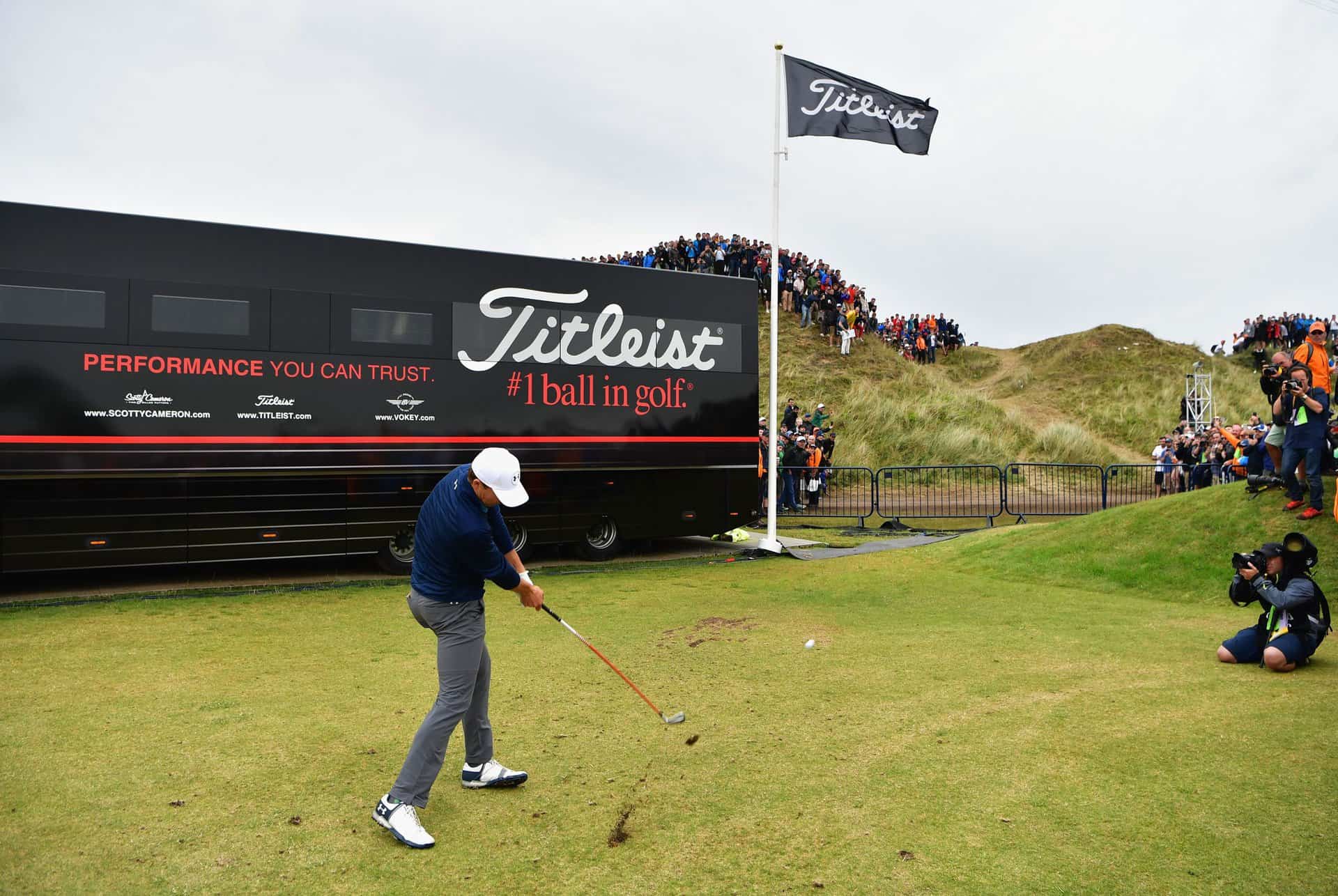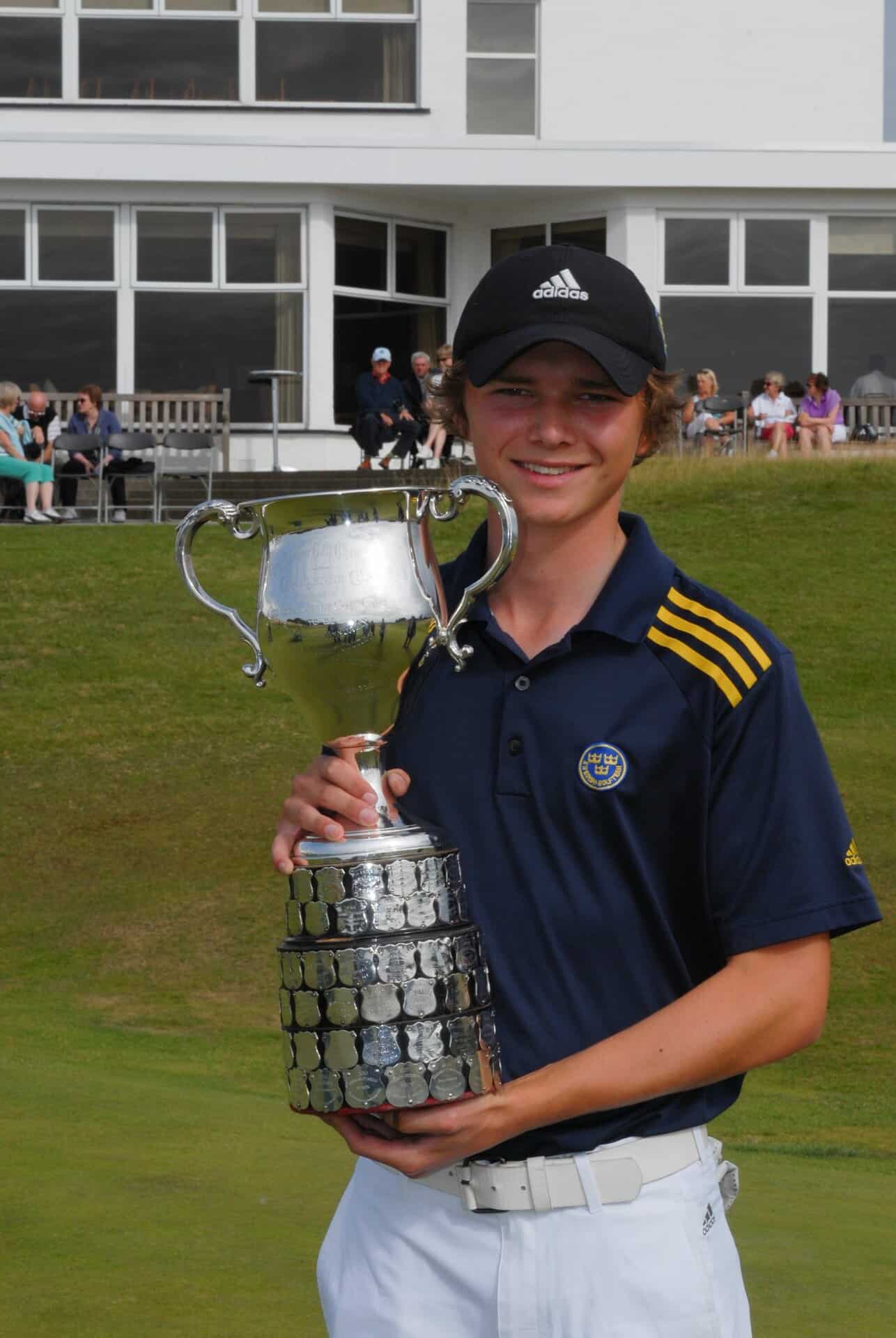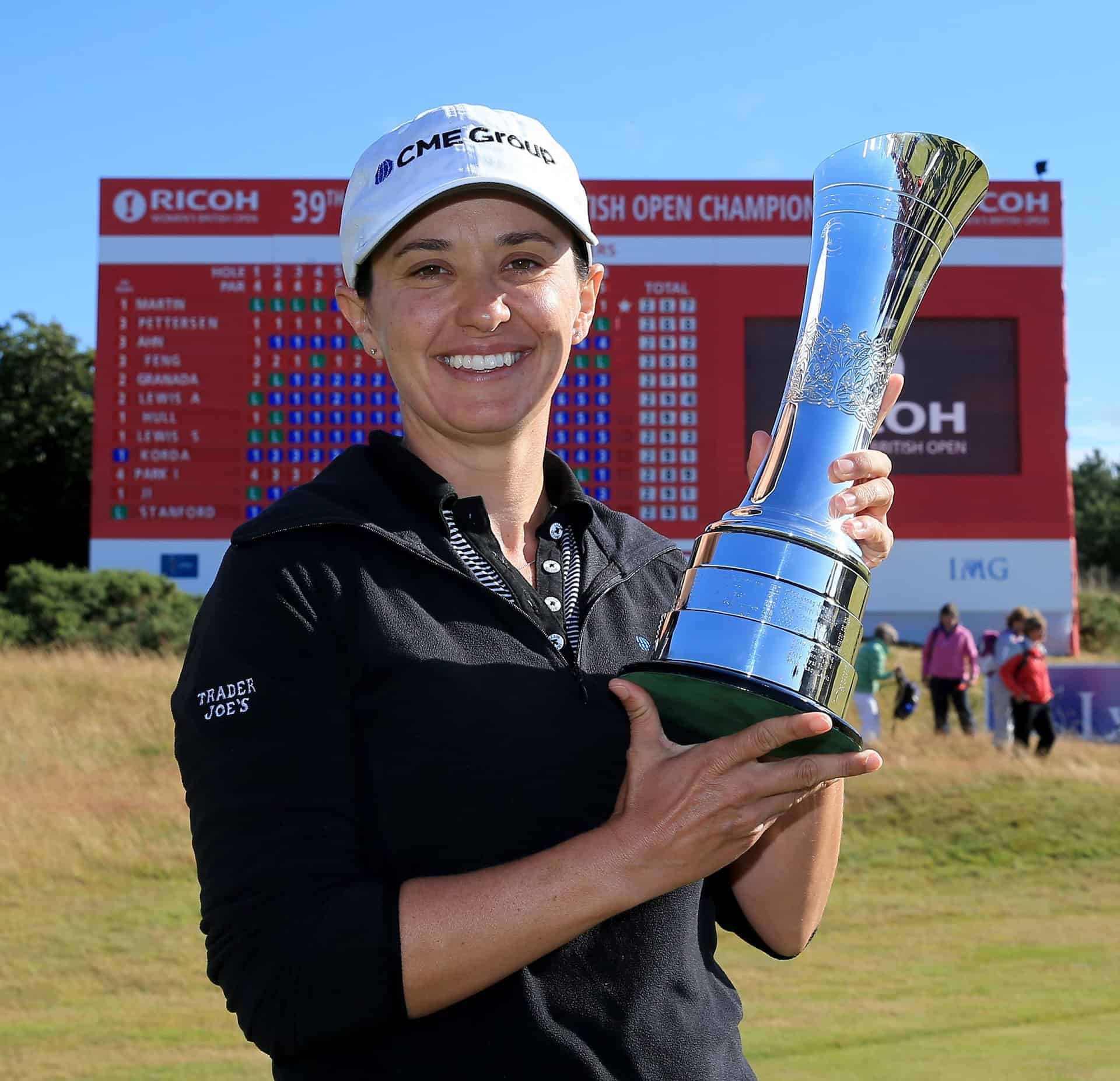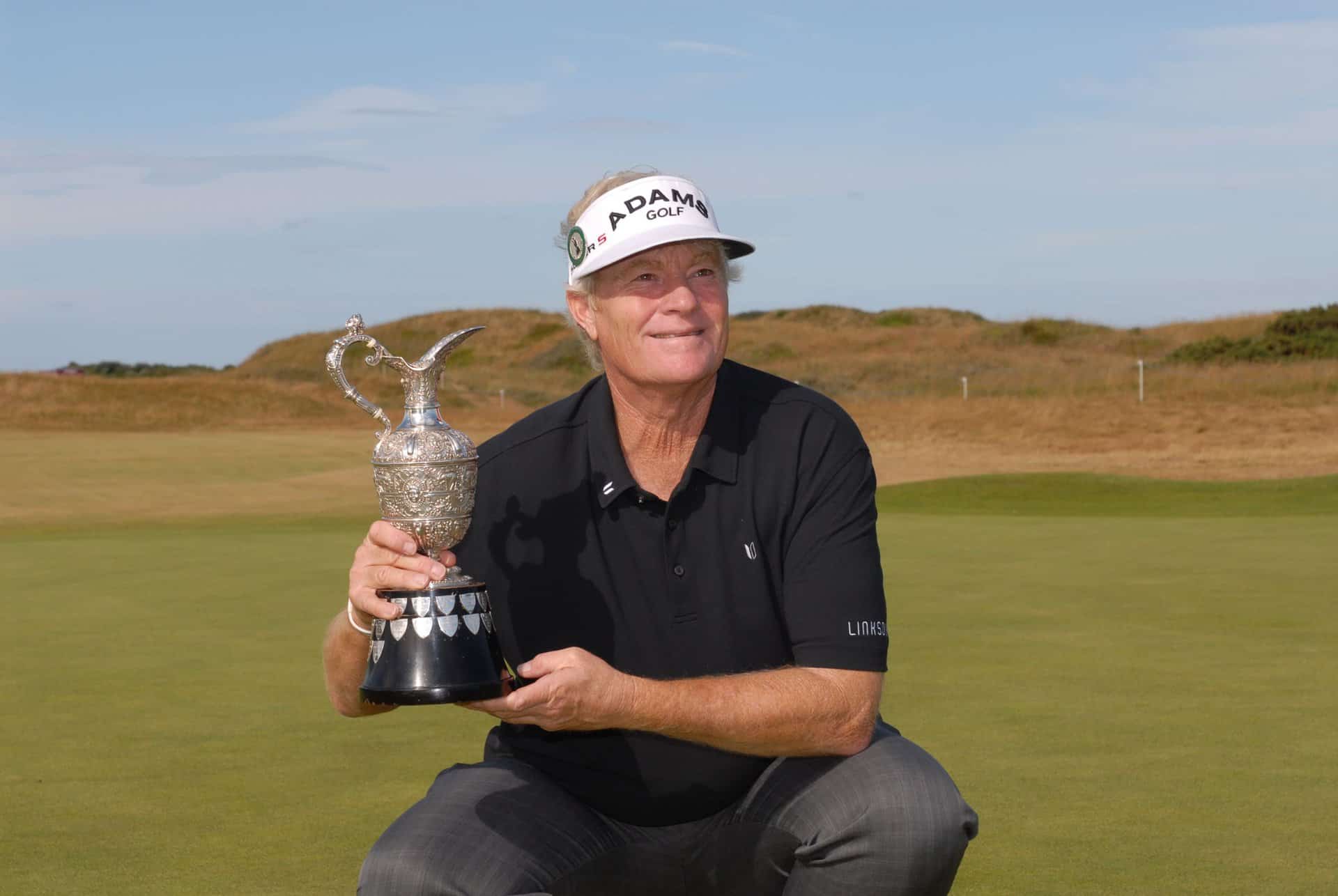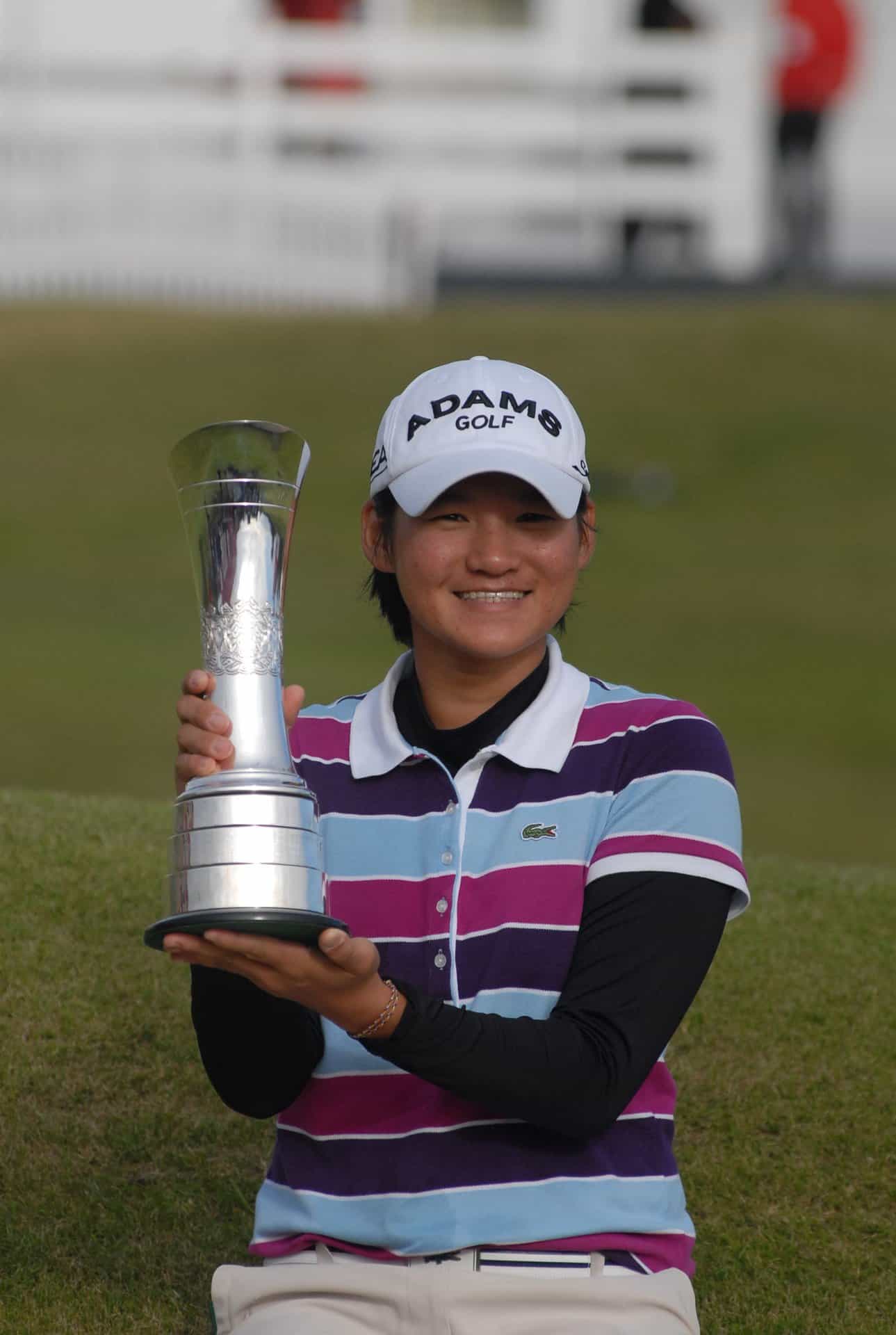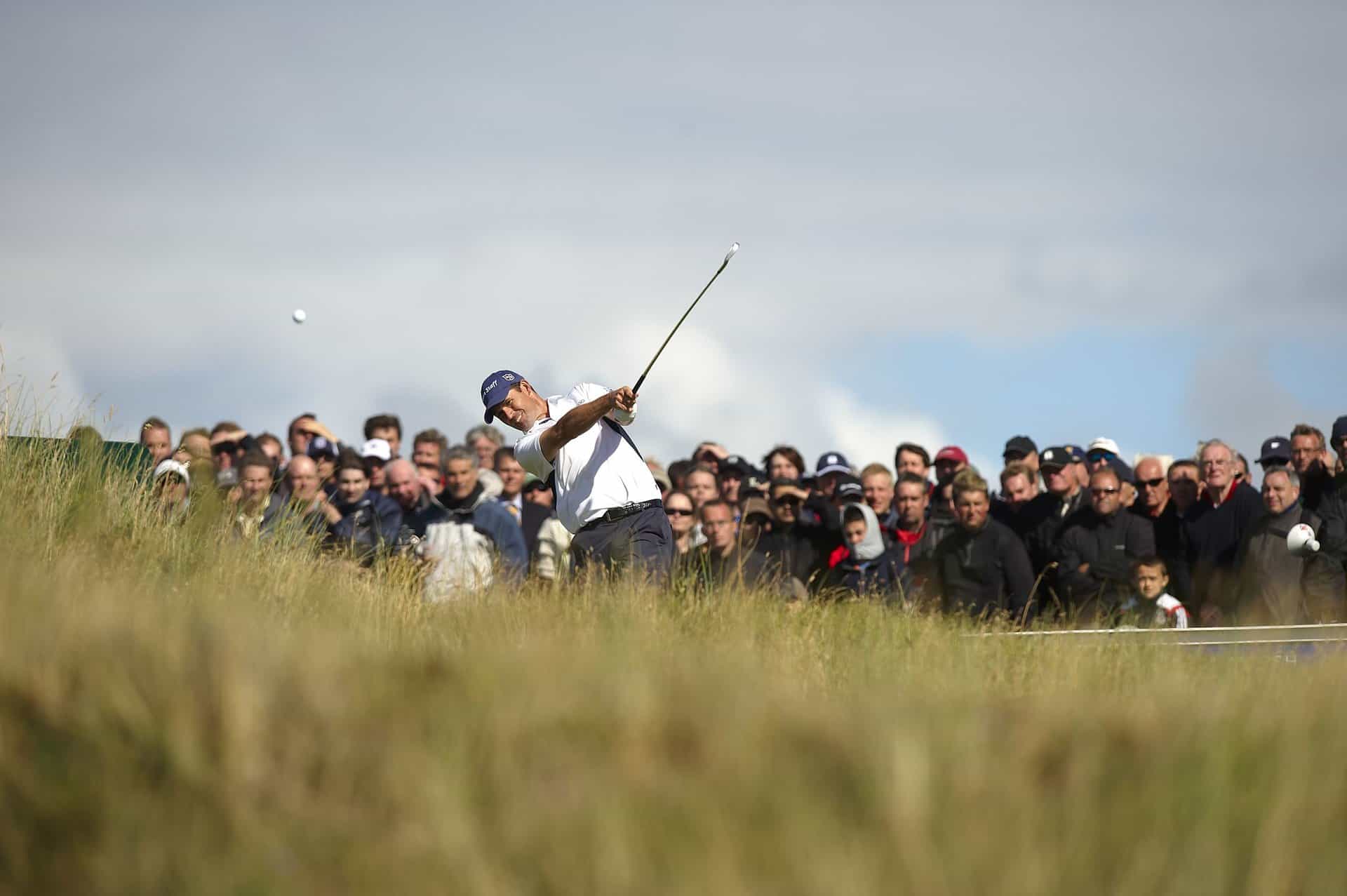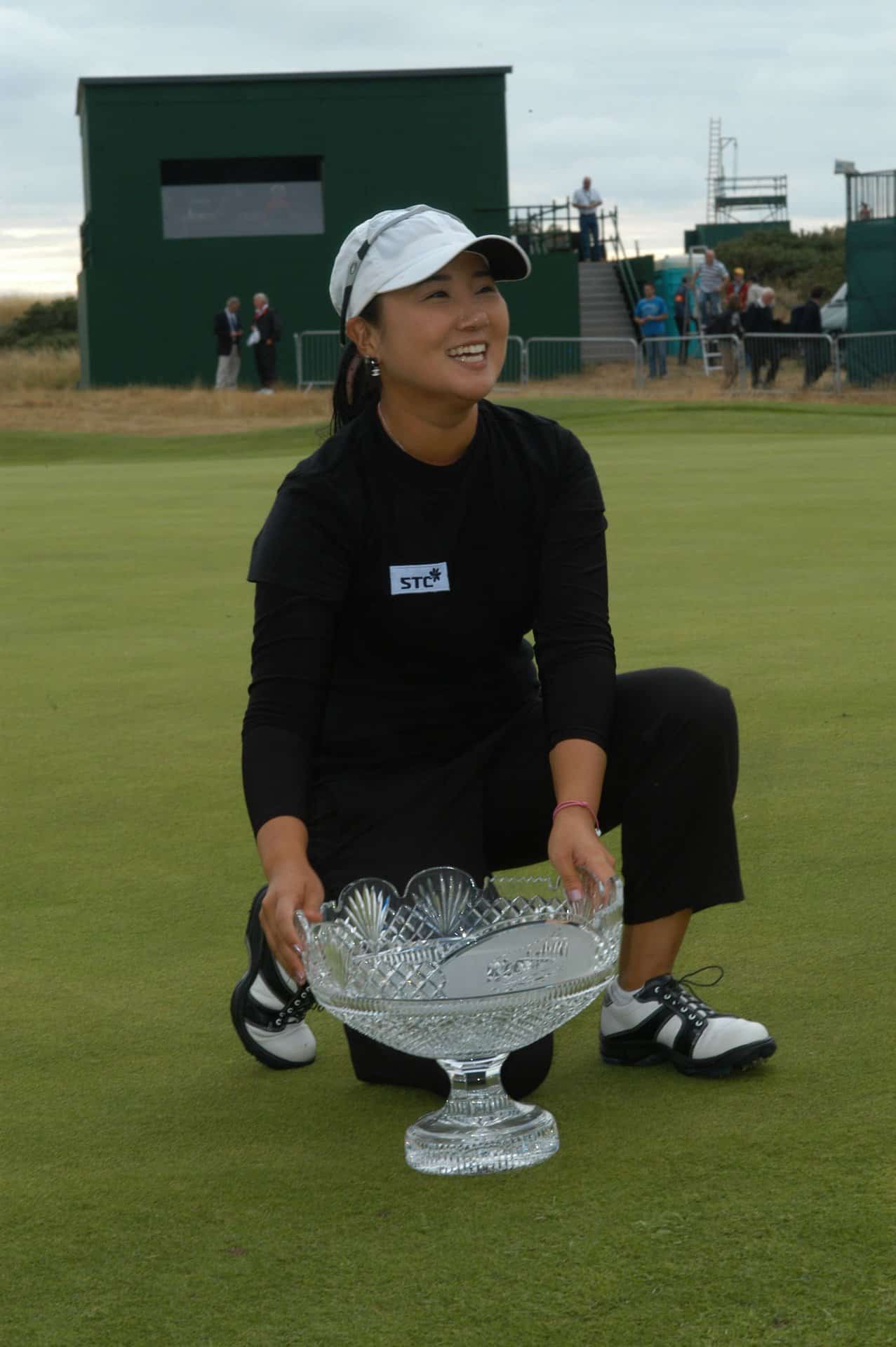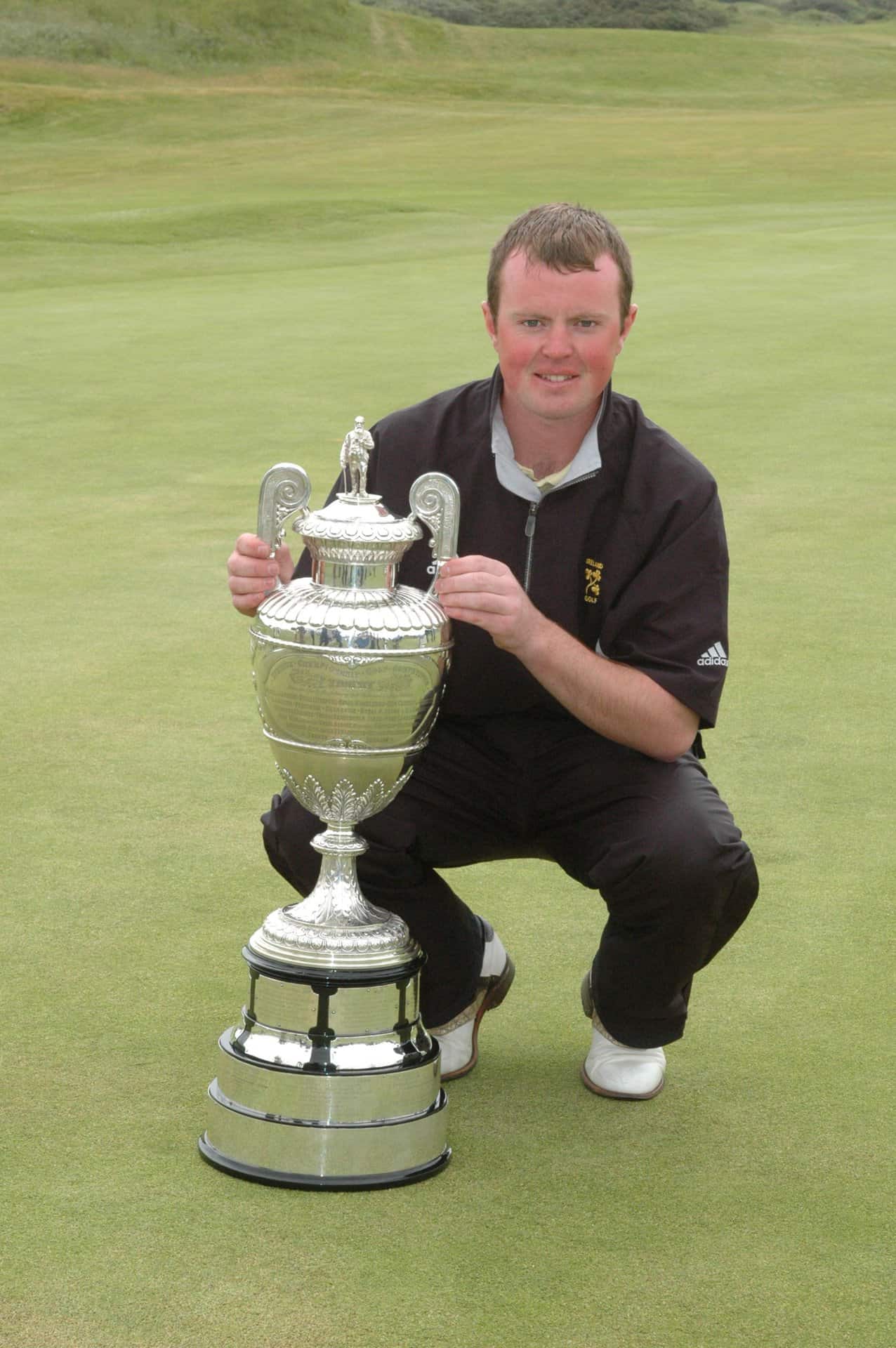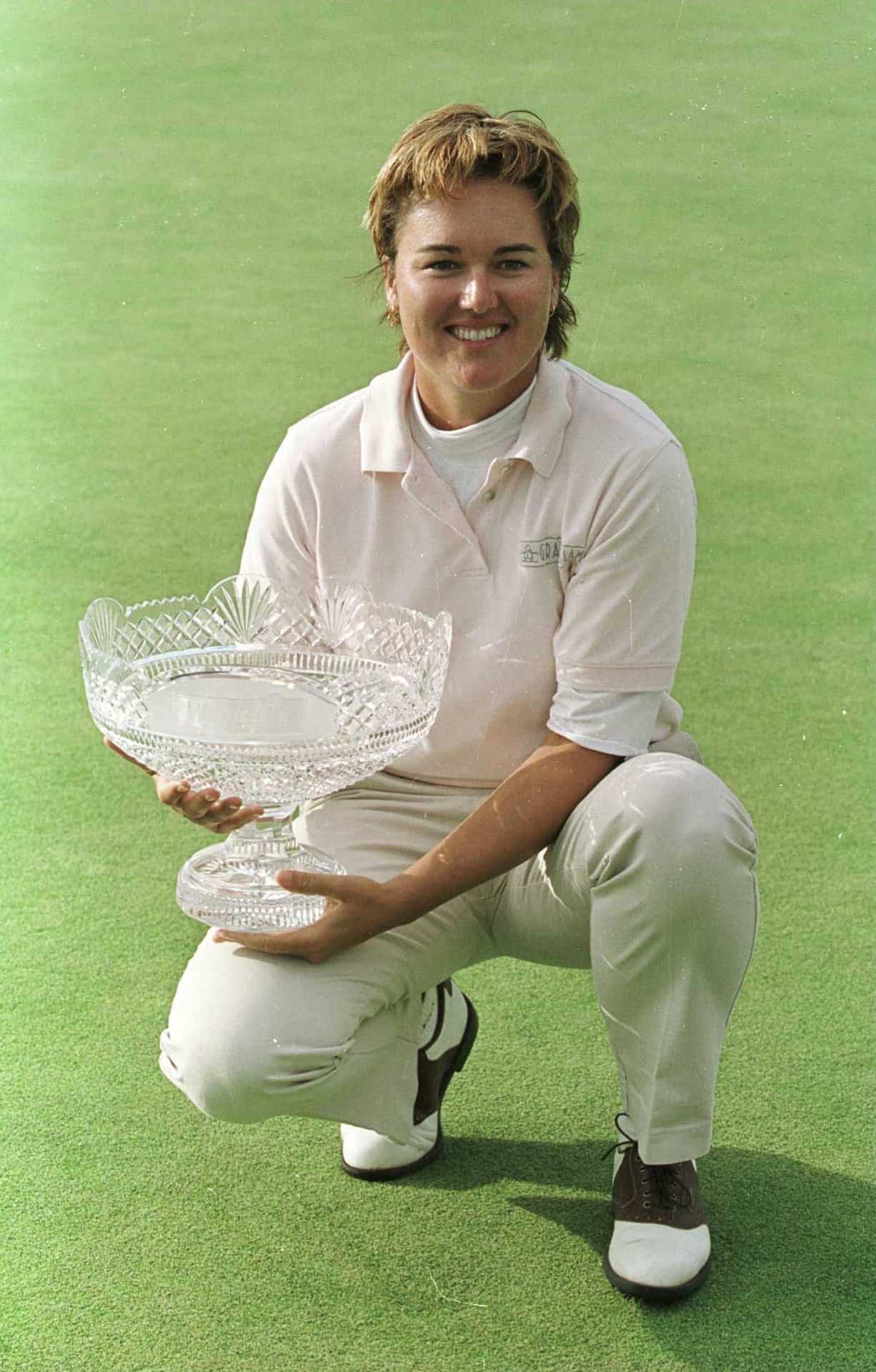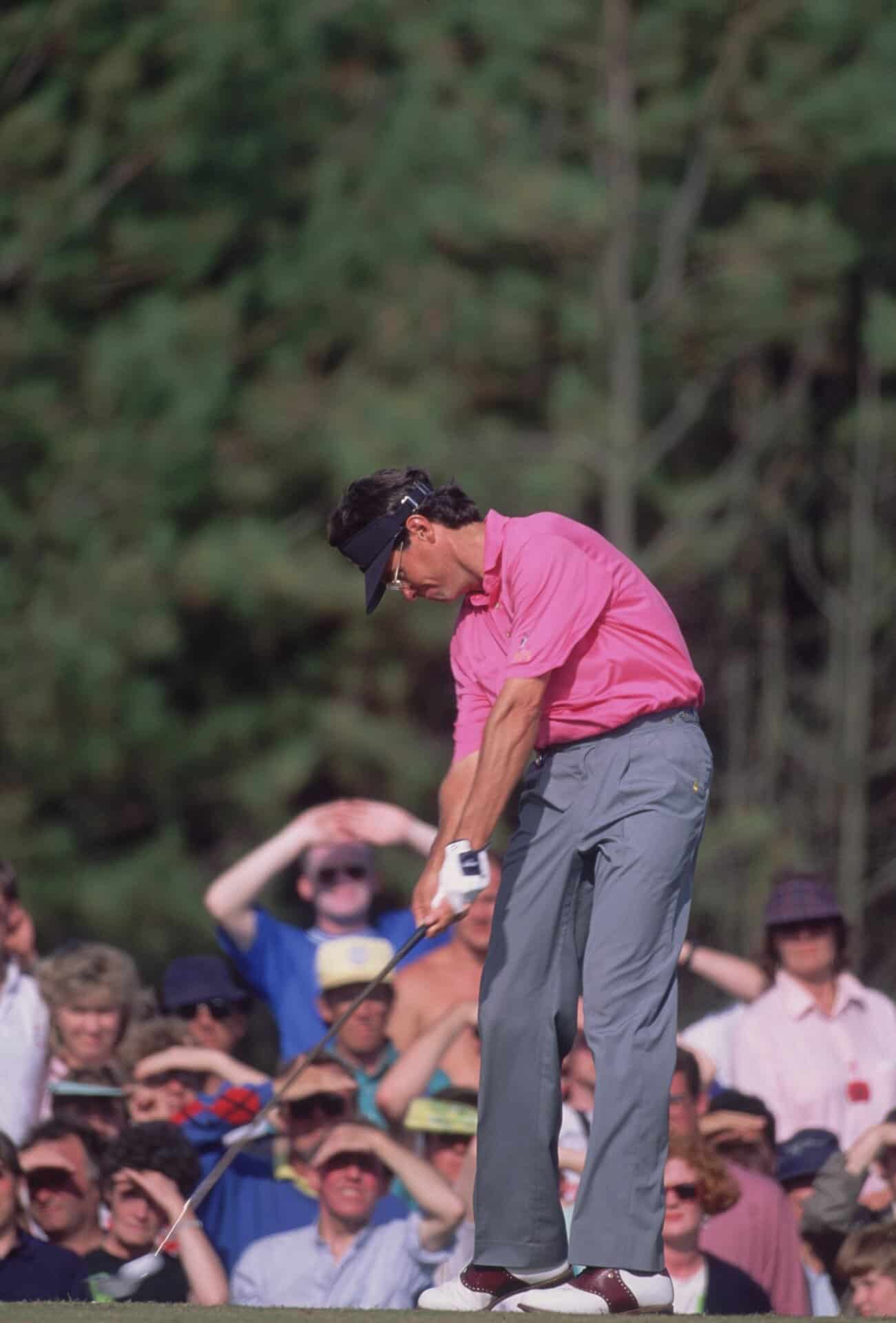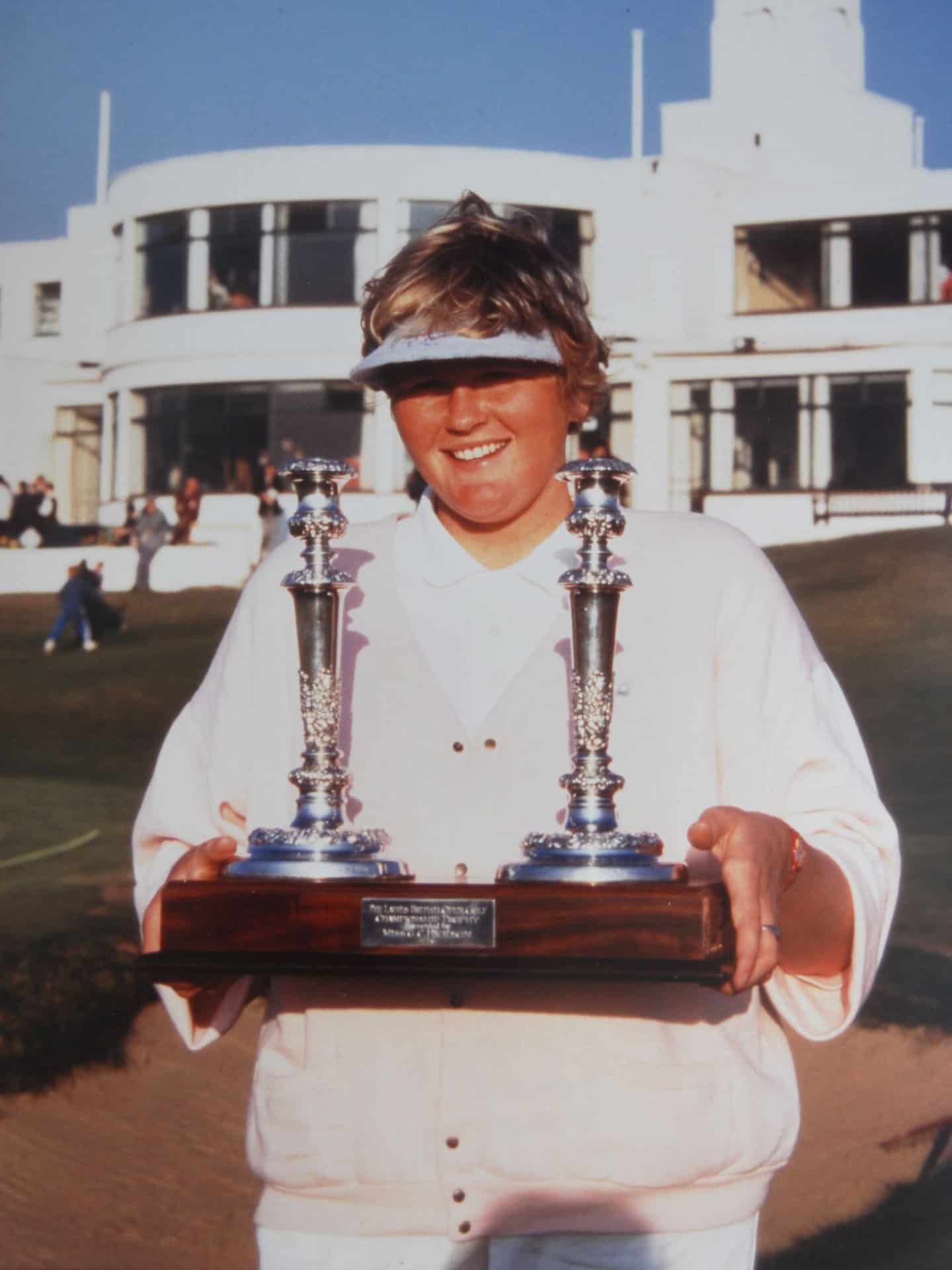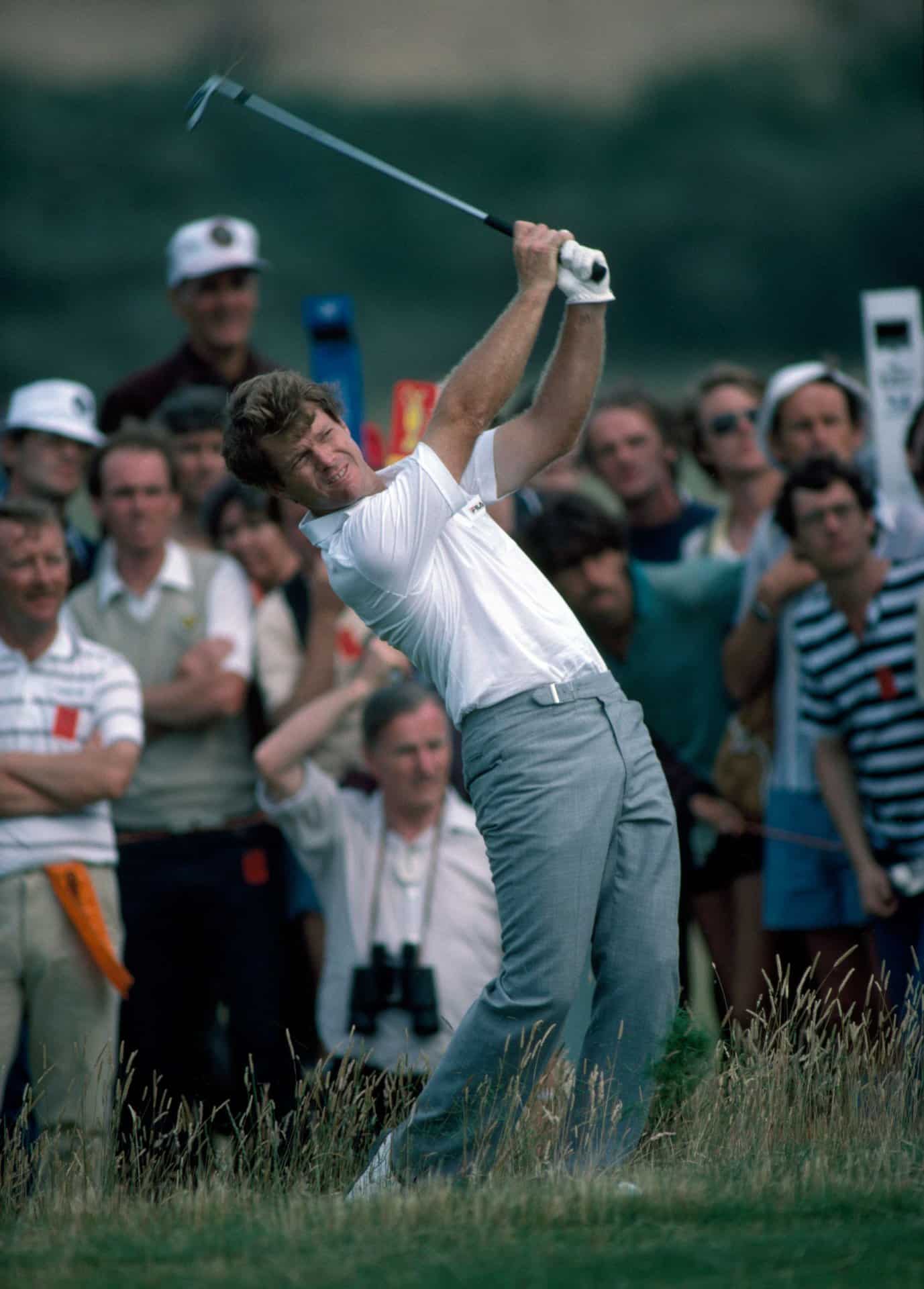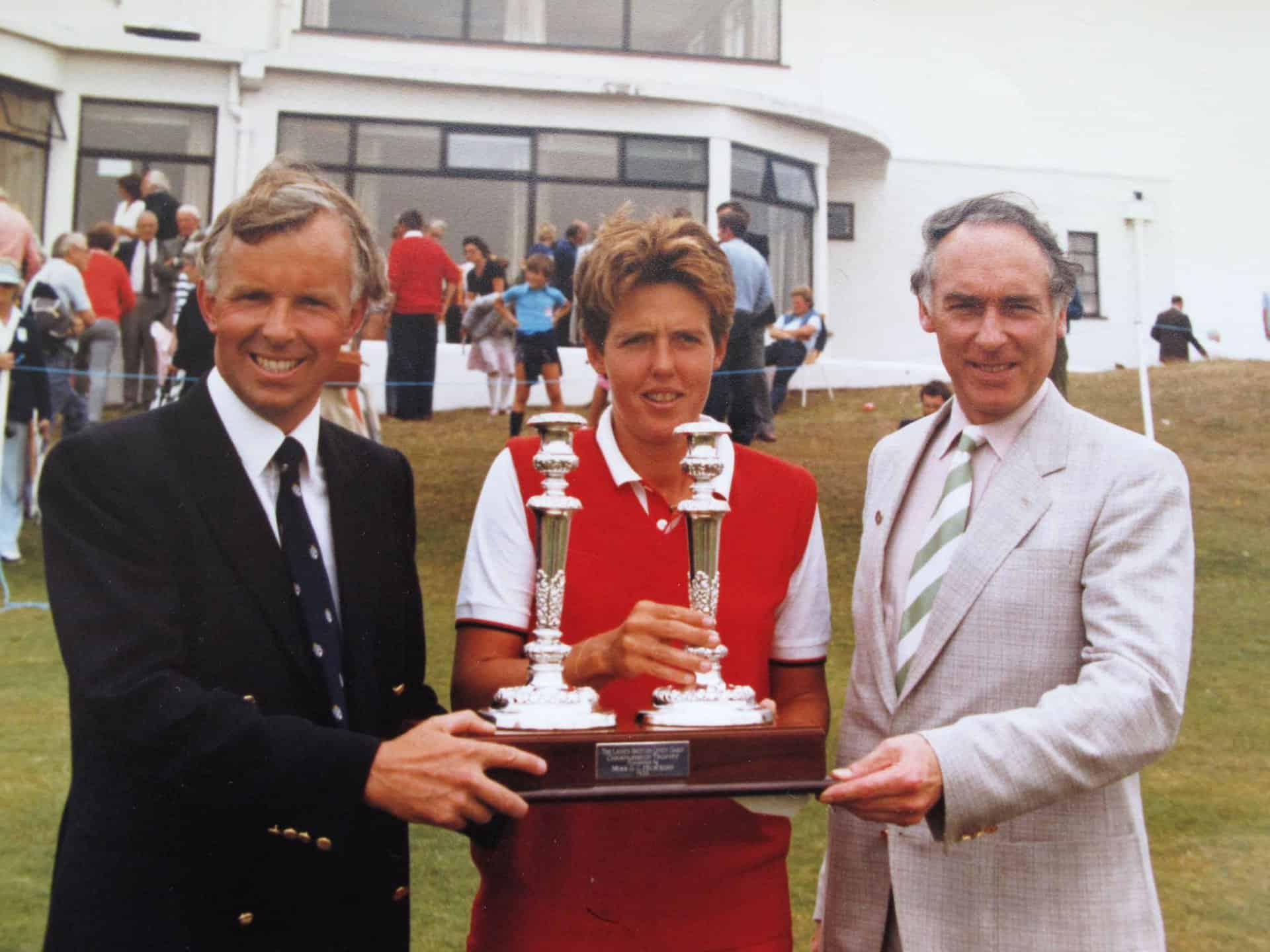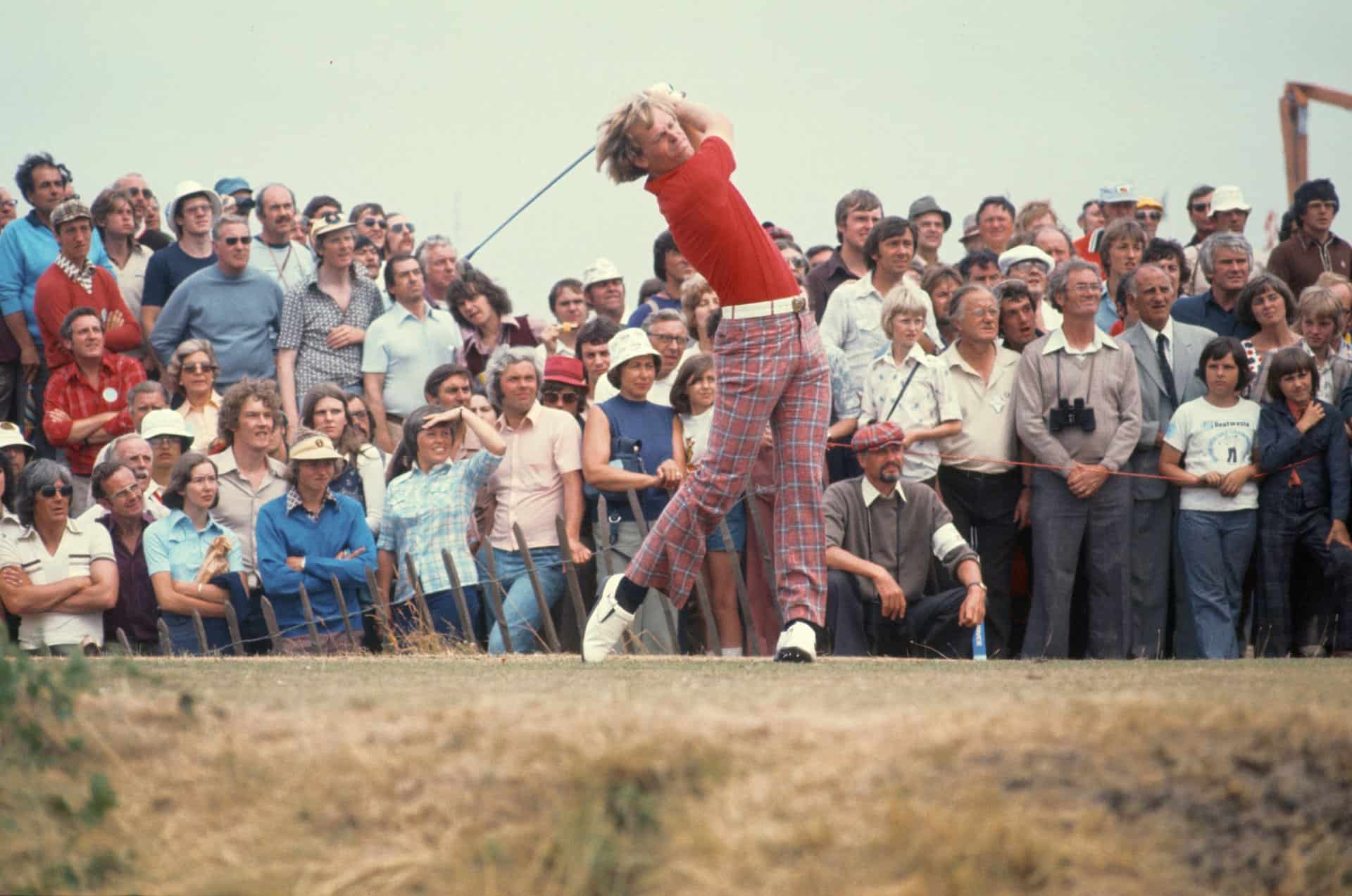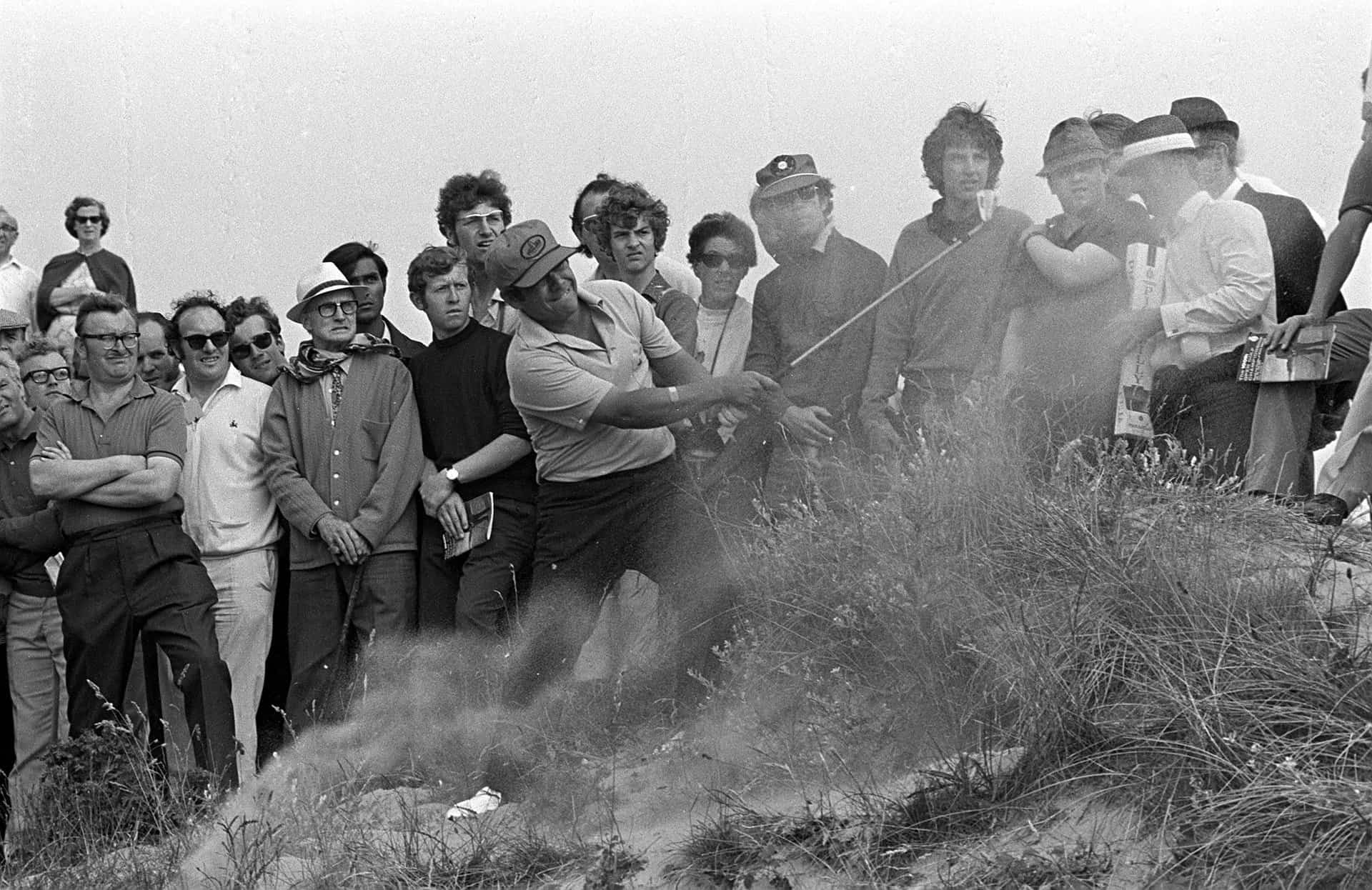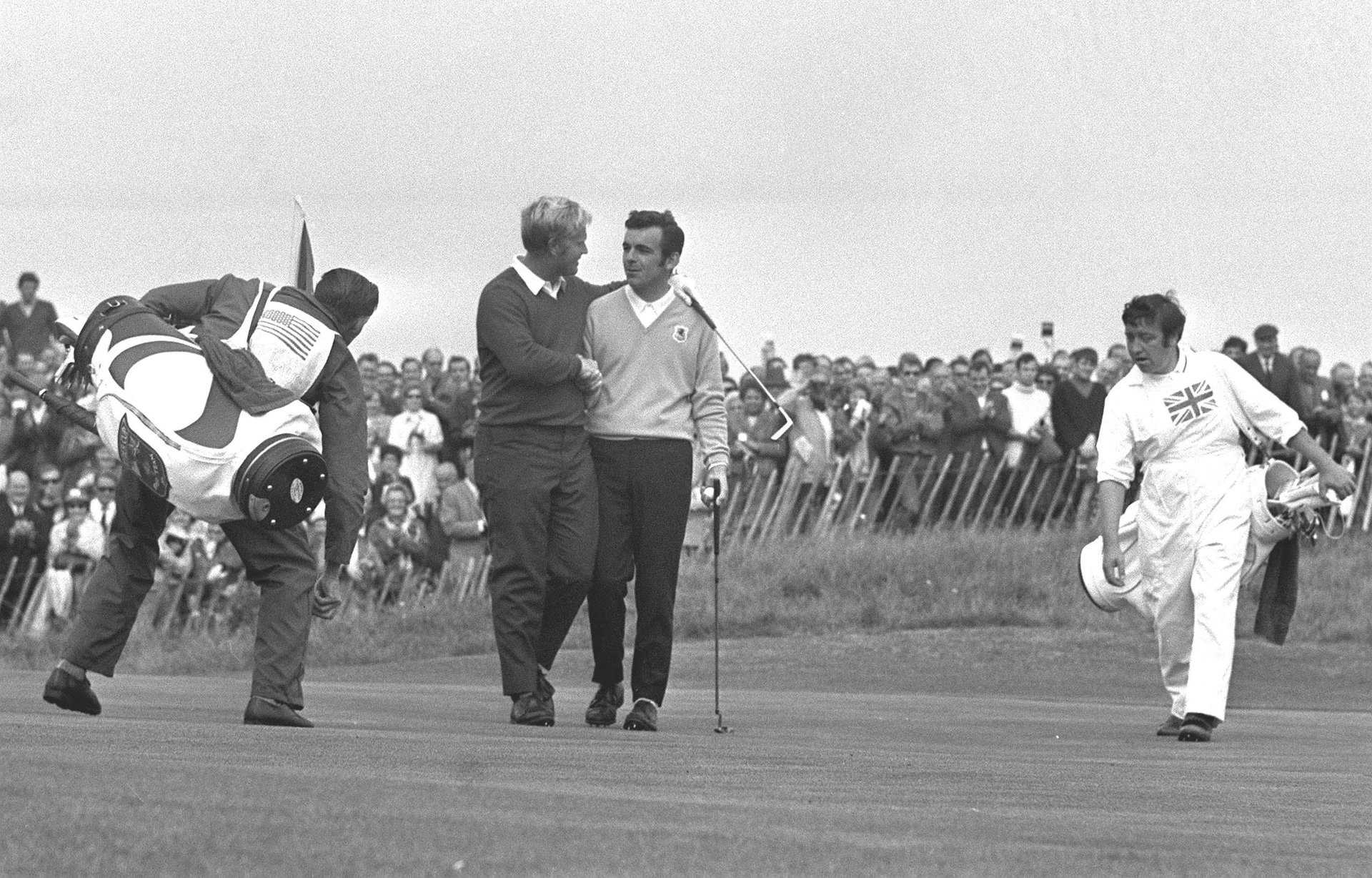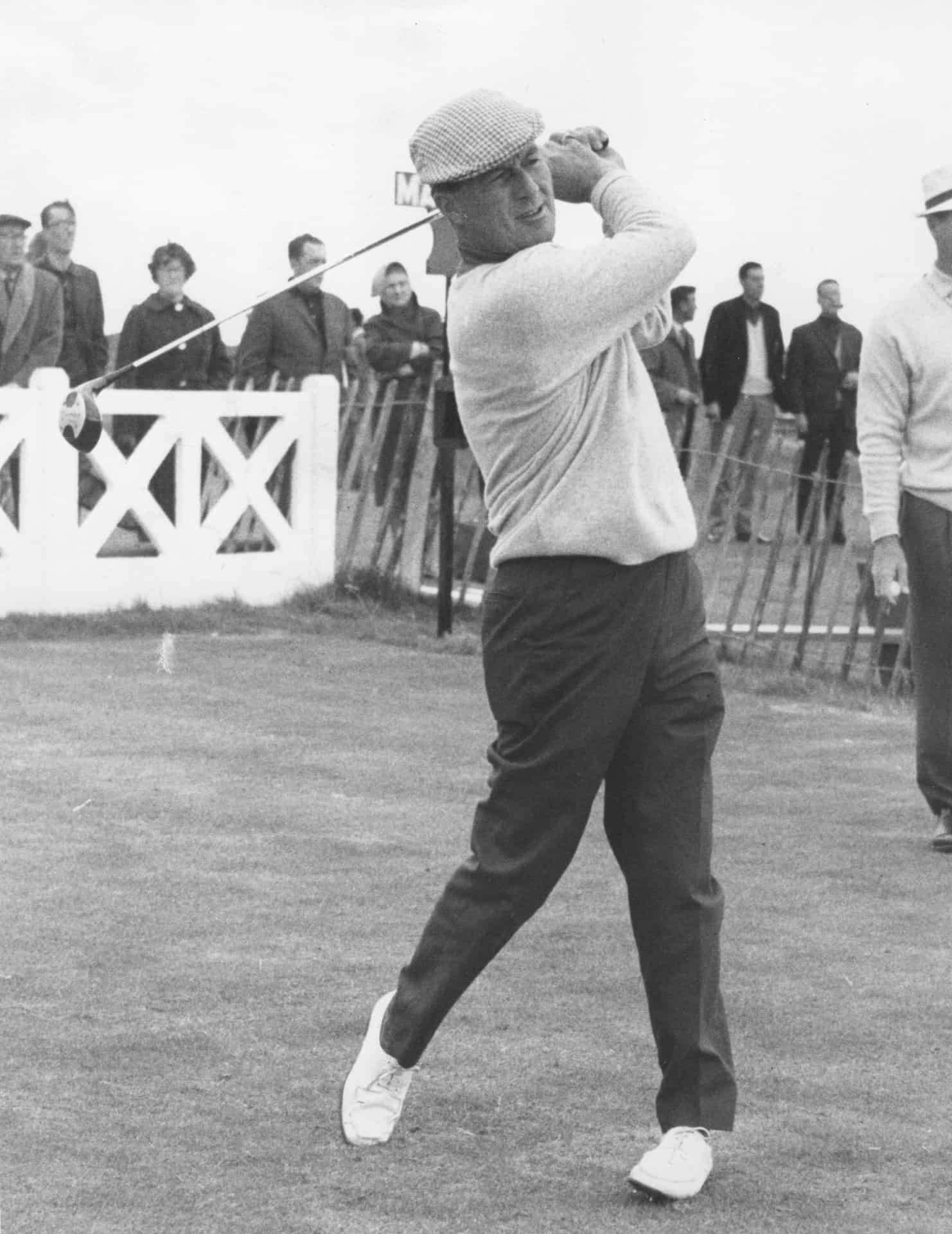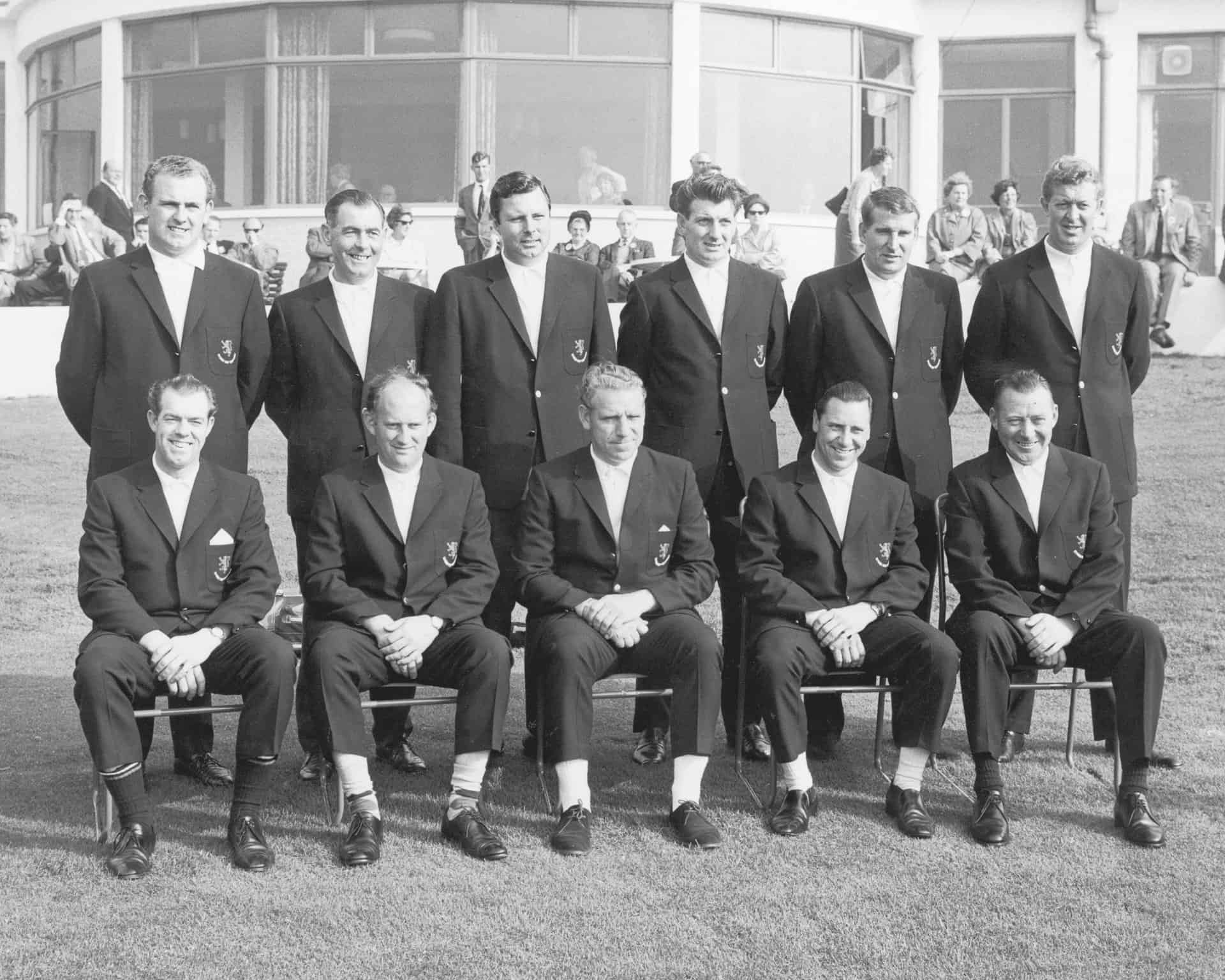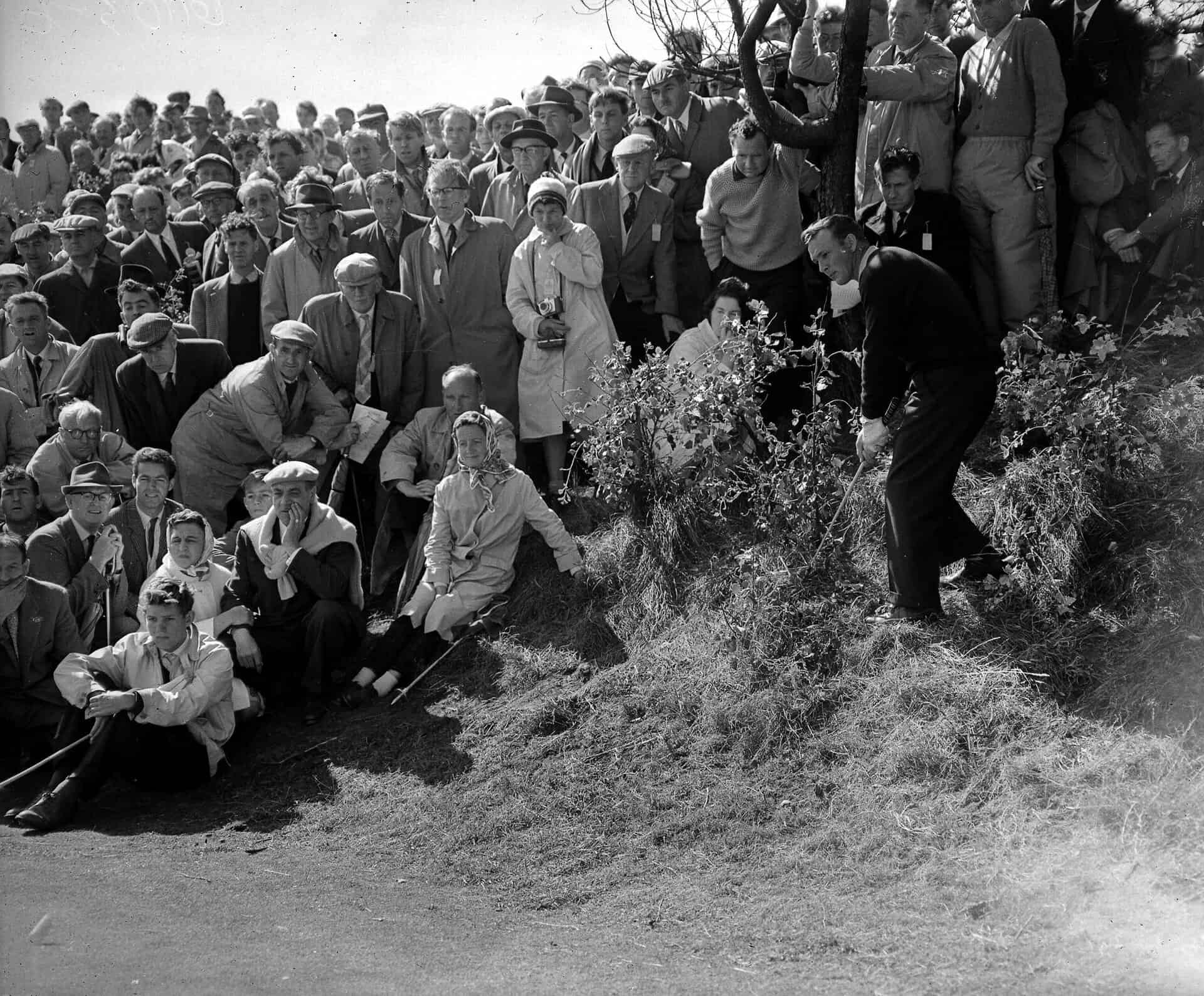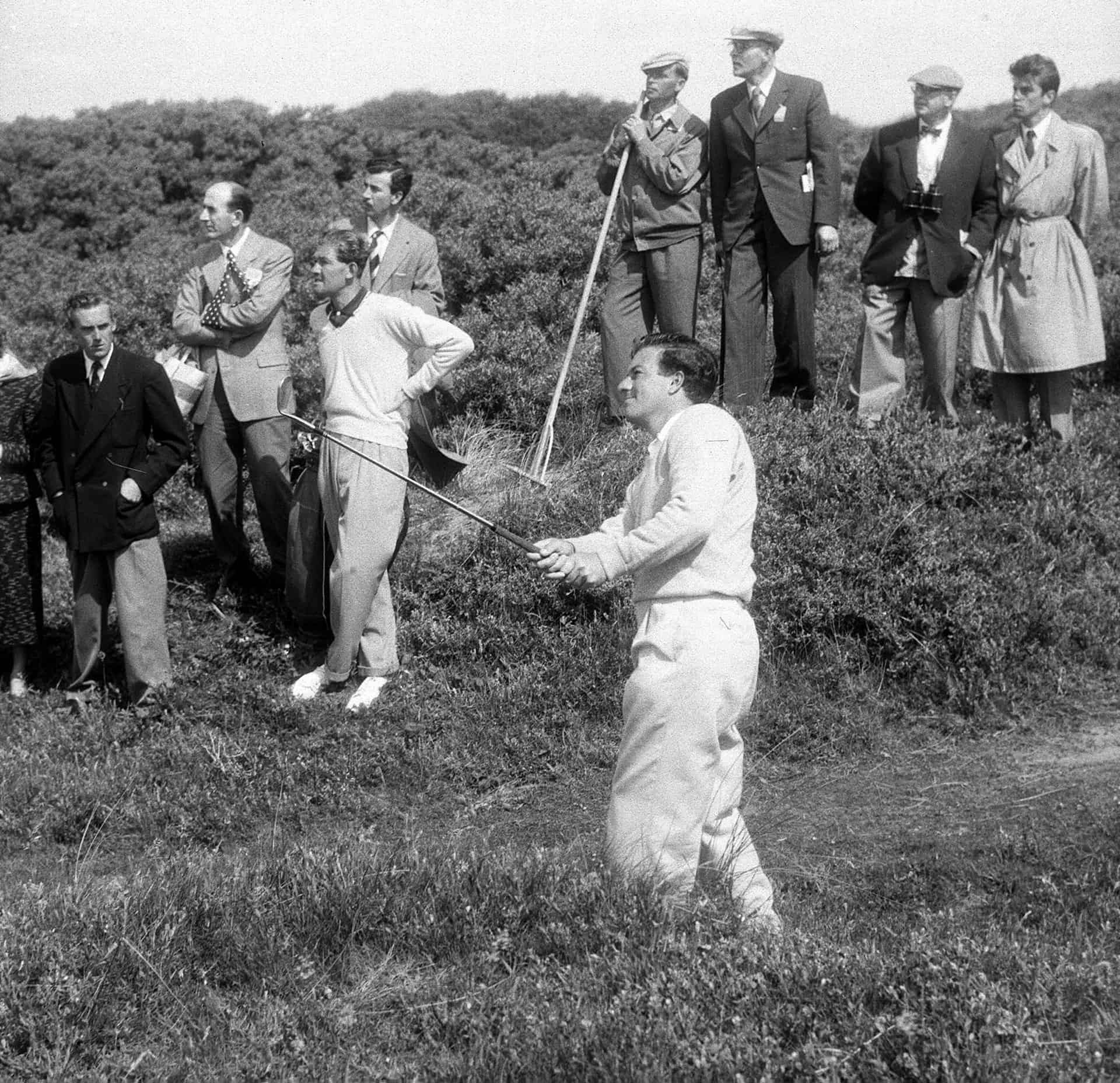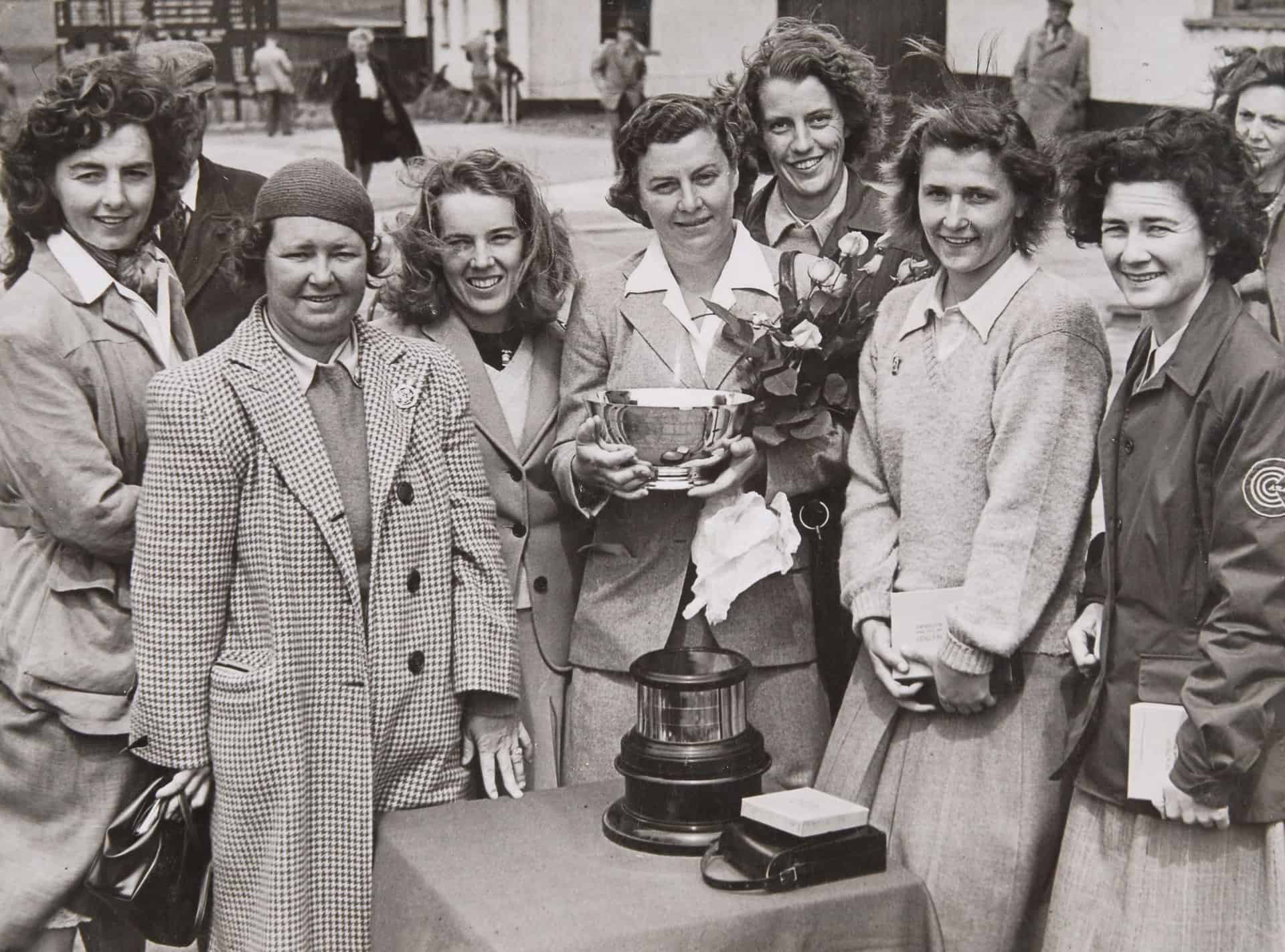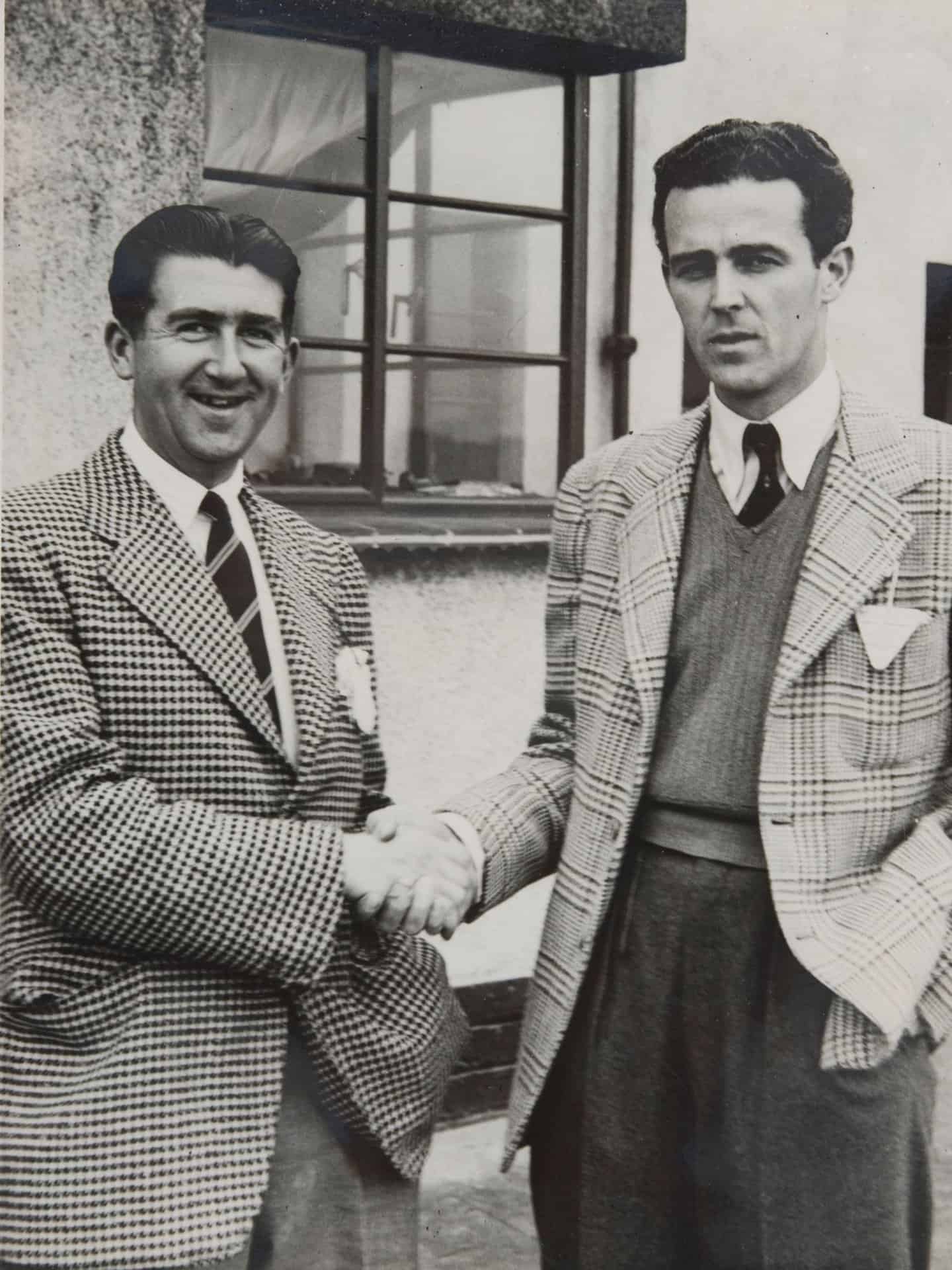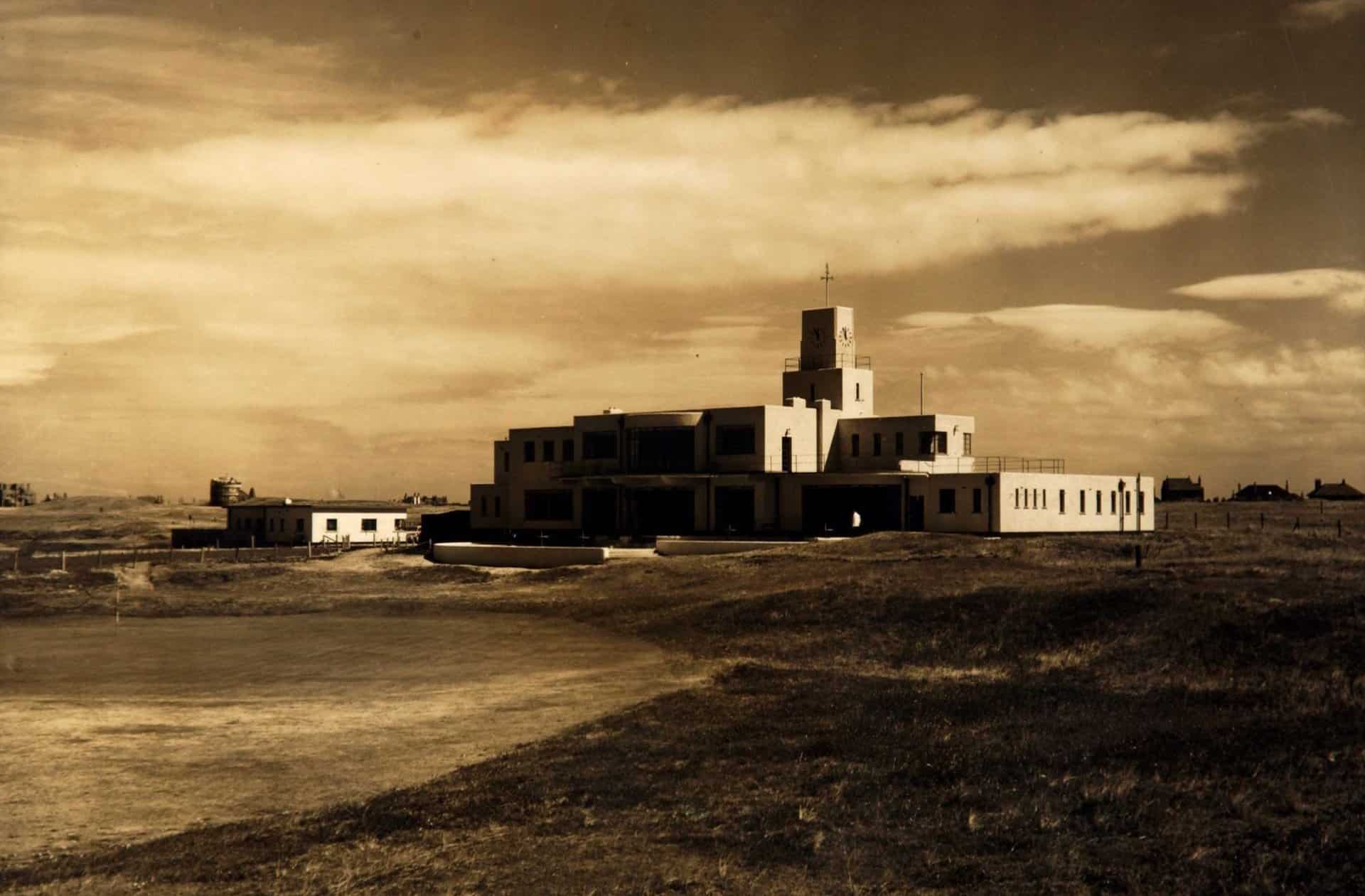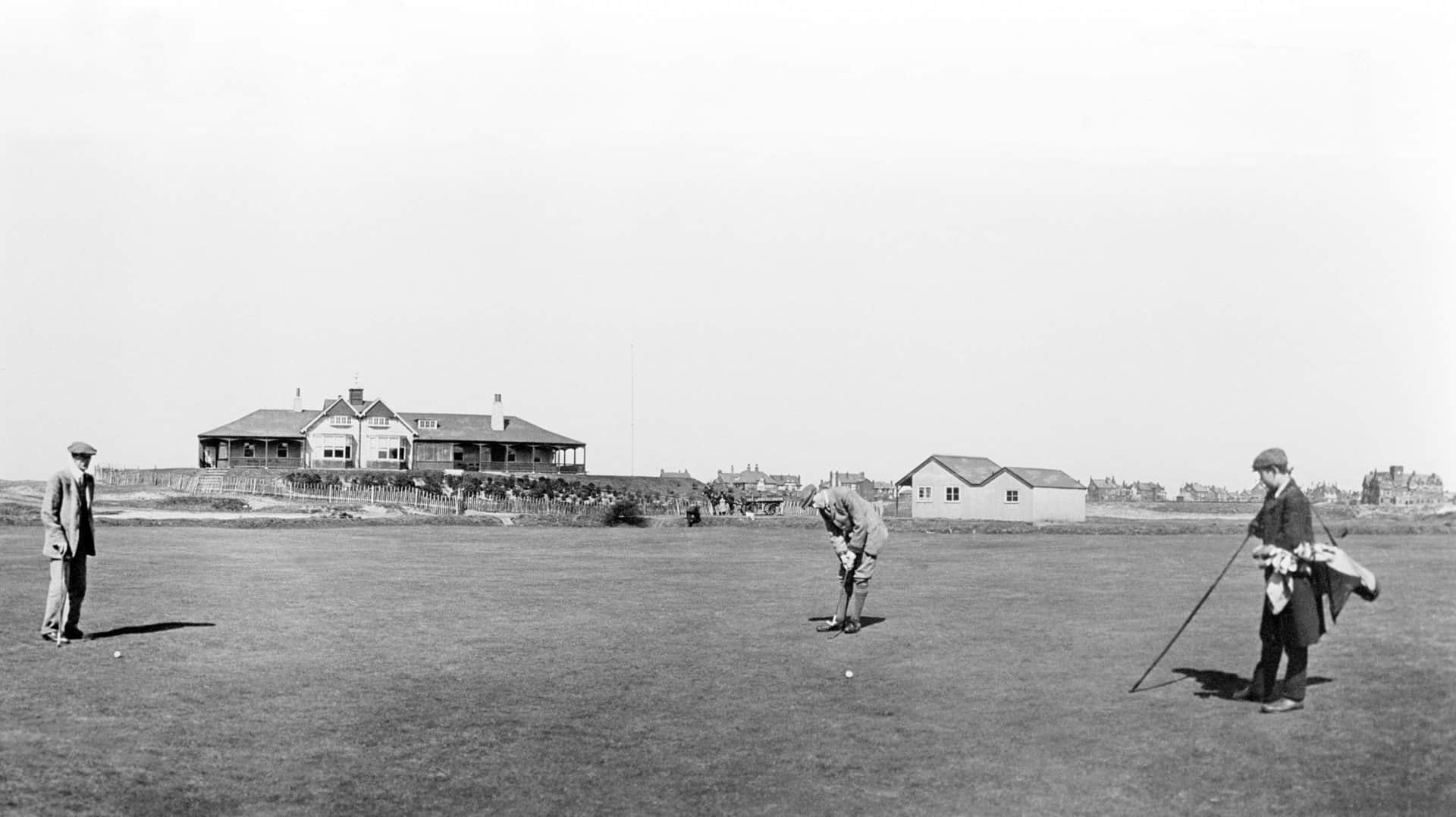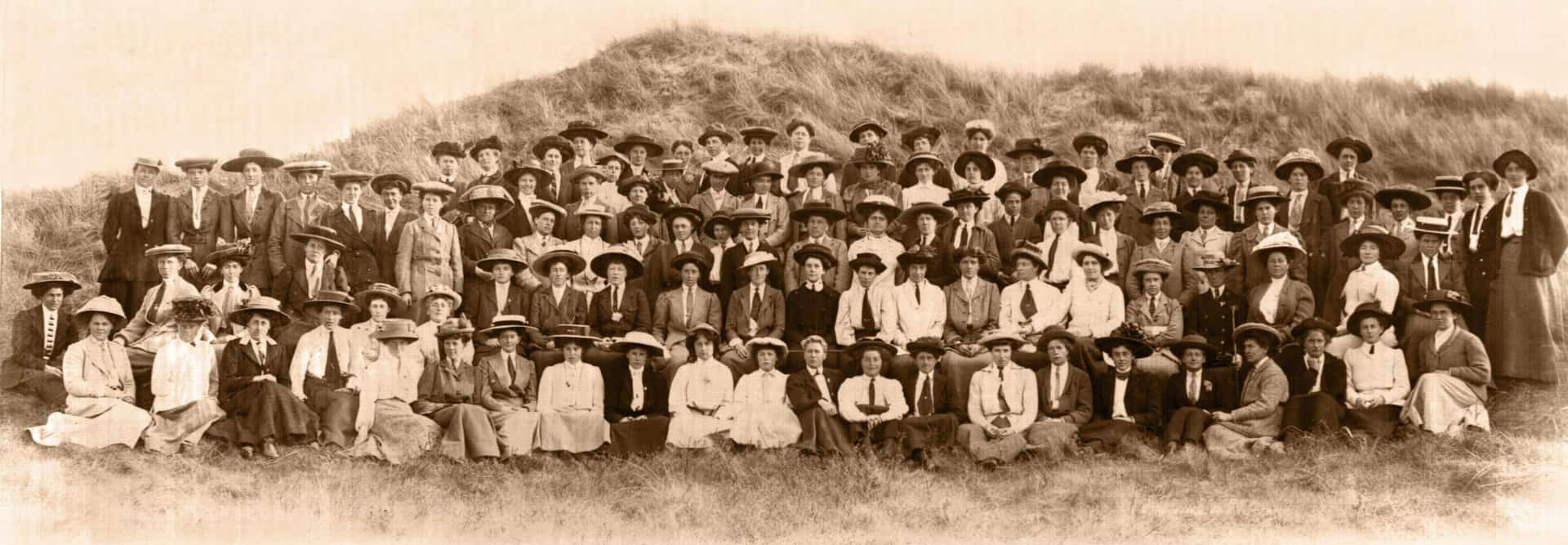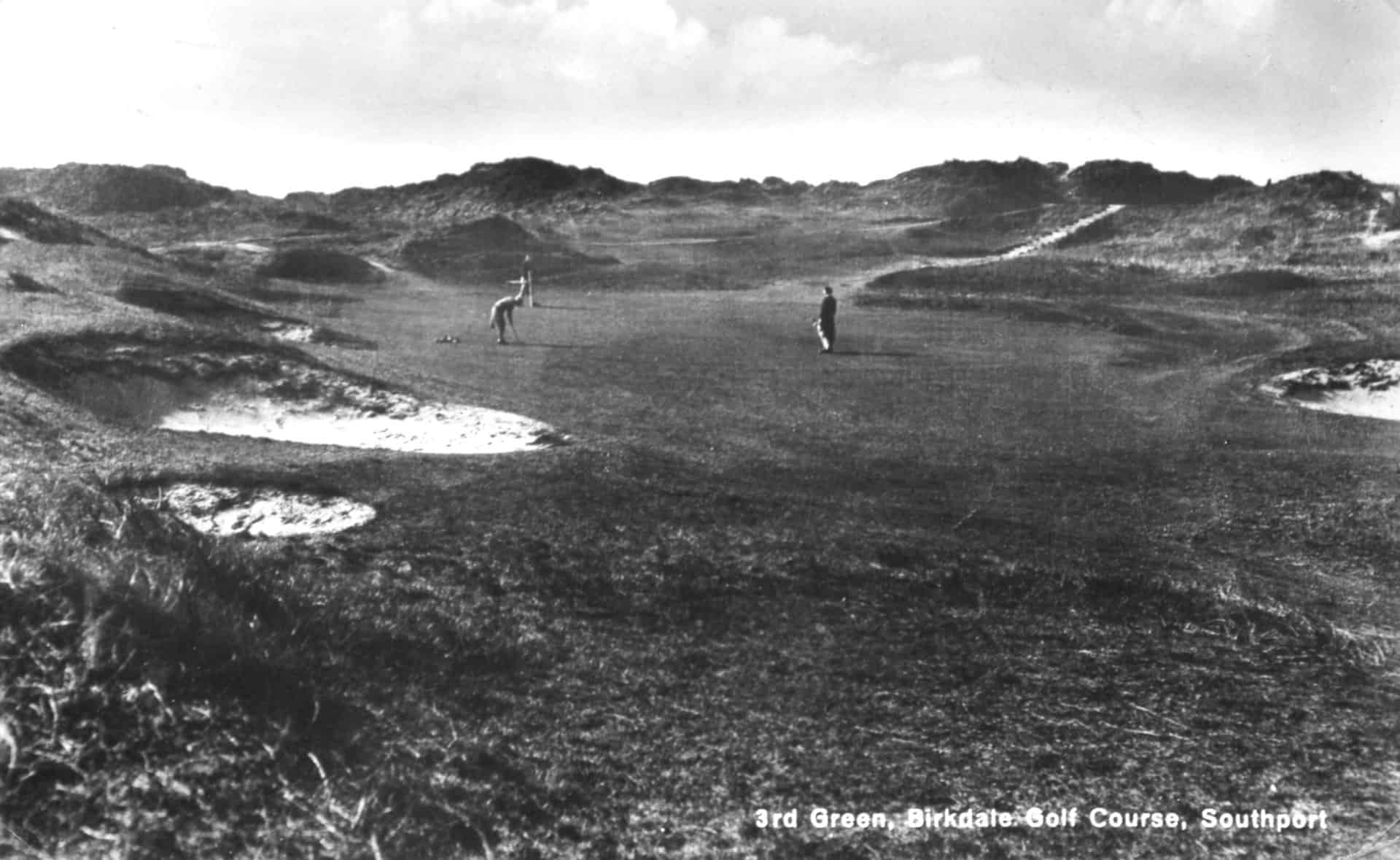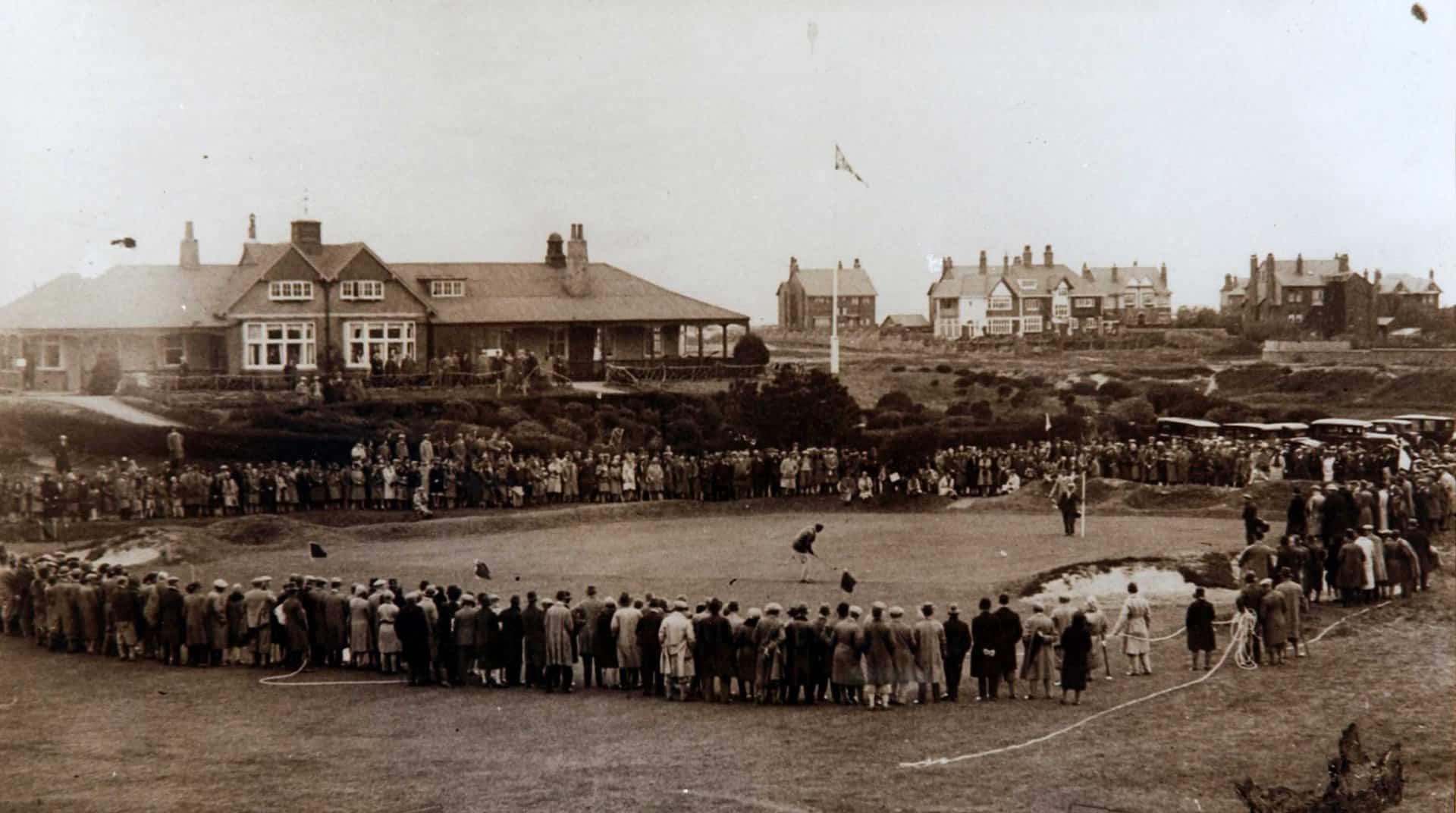The 137th Open at Royal Birkdale will be remembered for its wild weather, its pure drama and for a champion who almost didn’t play. Padraig Harrington, defending the trophy, admitted on the eve of the first round that had it not been The Open, he would not have played.
For the first two days, the wind was never less than 20mph and, at times, gusting up to 50mph. This meant a constant roller-coaster with many good scores every day being wrecked by double-bogeys or worse.
The tournament will also be remembered for the showing of the amateurs. as a 17-year-old, Chris Wood earned a share of fifth place, while Tom Sherreard finished his first Open eagle-birdie to finish way ahead of many leading professionals.
The Saturday morning papers were full of Shark talk, as a certain experienced Australian named Greg Norman had put himself into contention, and Norman did not let anyone down.
With more heavy wind, particularly in the morning, conditions remained far from ideal. None of the remaining eighty-three players broke par, and 72s were enough to plant Norman and defending champion Harrington at the top of the leaderboard.
And so to the climax, one by one, the challengers fell away. Norman maybe went too boldly at his task, with several bogeys compounding his drift back down. Harrington, however, kept his cool throughout and struck a magnificent five wood to three feet on the penultimate hole to secure an eagle and eventually a four-shot-winning margin to retain the title he won the previous year at Carnoustie.






